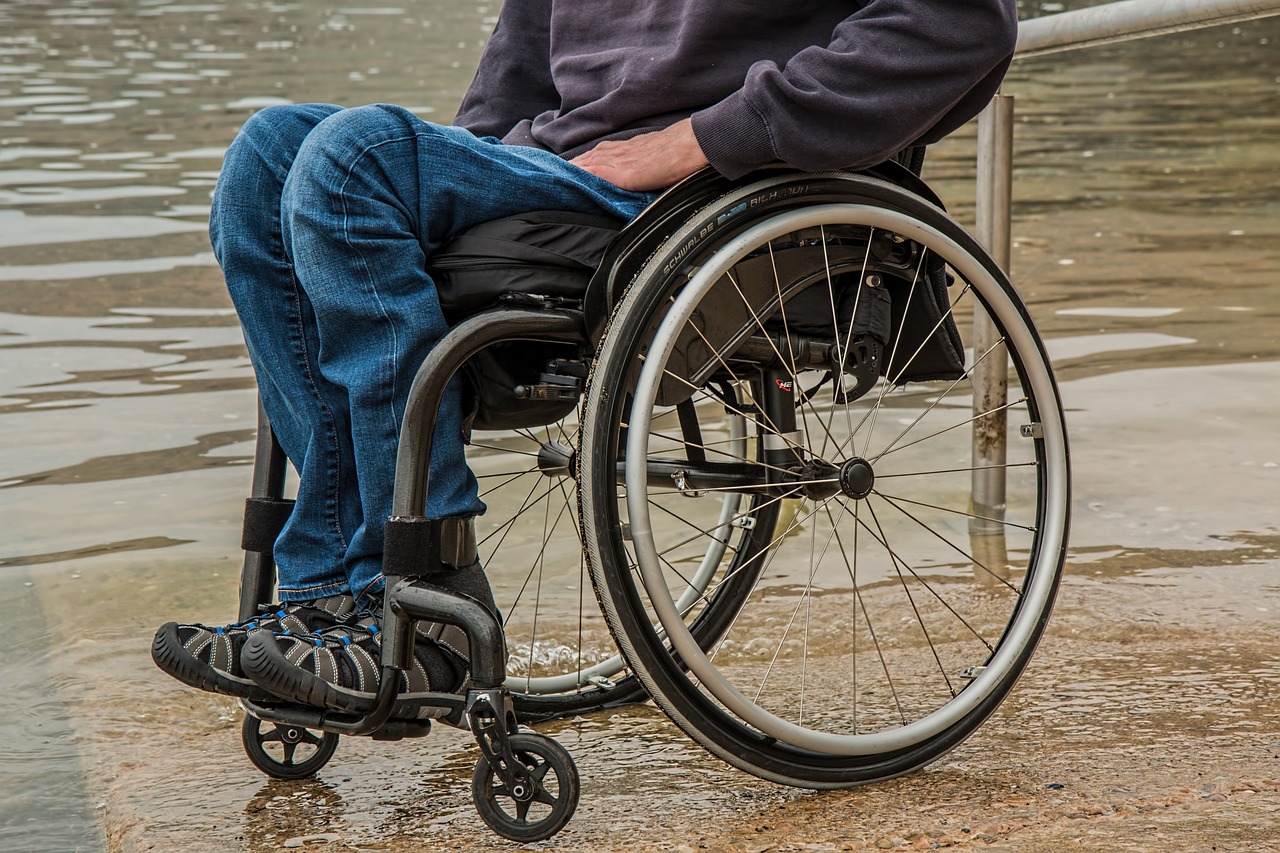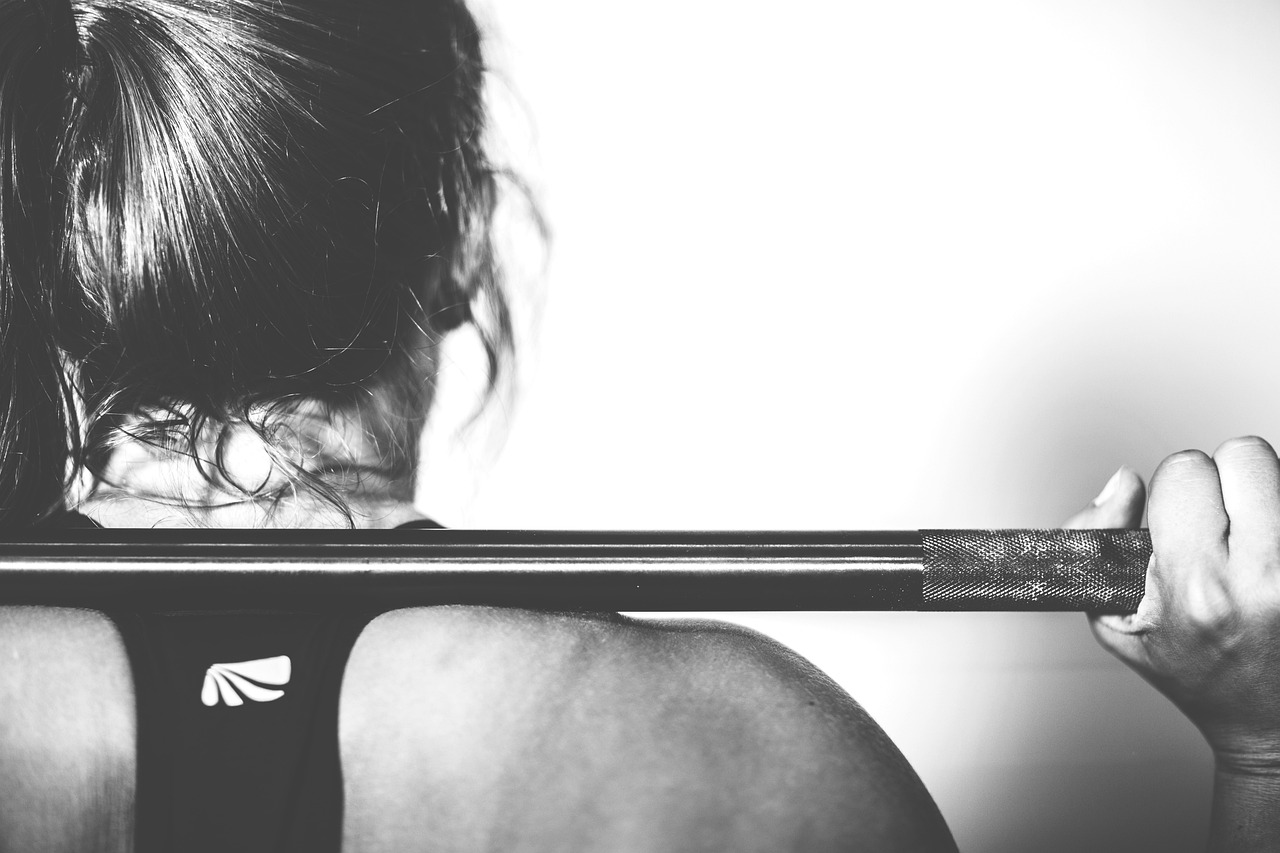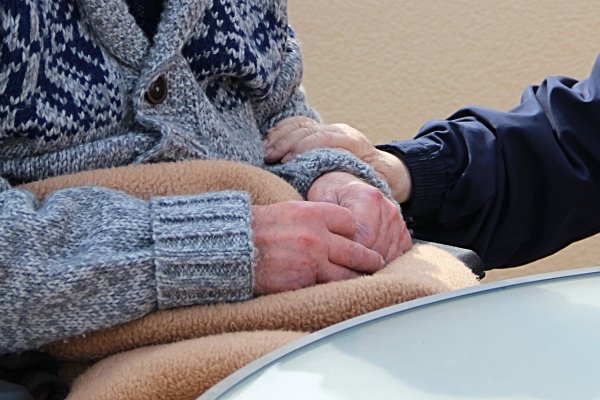For those living with physical disabilities, the challenges they confront on a daily basis can be difficult to overcome. Physical limitations can cause people to have difficulty with basic everyday activities, such as bathing, dressing, and walking. Fortunately, there are several strategies and tips that may help make life a little bit easier for individuals managing physical disabilities. In this blog post, we’ll outline six tips that can be used to help people with physical disabilities. We will also touch on some of the most common physical disabilities and discuss ways to manage them. So whether you or someone you know is living with a physical disability, we hope these tips will be useful.

Many people with physical disabilities find that investing in adaptive equipment and technology can significantly improve their daily lives. There are a wide variety of products available for people with physical limitations, such as wheelchairs, walkers, and mobility aids. These devices allow individuals to move around more easily and participate in activities that may have otherwise been impossible. Also, buying a wheelchair or walker with adjustable features can help ensure that the device will meet the user’s changing needs as time passes. For instance, a wheelchair with adjustable armrests can be adjusted as a person’s range of motion changes. Or, a walker with adjustable height allows the user to customize it to their physical needs as they age. Furthermore, investing in an adjustable bed or a shower chair can make bathing and sleeping more comfortable.
Having professional support is essential for people with physical disabilities. Reach out to a medical professional, such as an occupational therapist or physical therapist, to discuss ways they can help manage your particular disability. Occupational therapists are experts in helping individuals with physical limitations increase their independence and develop daily living skills, while physical therapists focus on improving mobility and strength. Working with a healthcare provider may be beneficial in exploring different options that can make life easier for those living with a physical disability.
The community is often full of resources for those managing physical disabilities, so take advantage of them! Look into local support groups, which offer peer-to-peer guidance from individuals who understand the challenges associated with living with a disability. Additionally, it can be beneficial to connect with organizations that provide services, such as home- and community-based services, which offer assistance with activities of daily living, transportation, housing, and other supportive services.

Physical activity is essential for all individuals, but it can have an even greater impact on those managing disabilities. Exercising regularly may help reduce pain and fatigue while also improving mobility and flexibility. For someone living with a physical disability, finding the right type of exercise can make a world of difference in managing their condition. Examples of exercises designed specifically for people with physical limitations include yoga, tai chi, swimming, or water aerobics. Talk to your doctor about what type of exercise would work best for you.
Assistive technology can be extremely helpful for people with physical disabilities. Examples of assistive devices include voice-recognition software and eye-tracking systems, which allow individuals to operate computers without using their hands. Additionally, there are products designed specifically for those with limited mobility, such as wheelchair ramps or specialized switches that enable someone to control lights or appliances from a distance. People with visual impairments may also benefit from utilizing assistive technology and devices, such as Braille keyboards or screen readers.
Living with a physical disability doesn’t have to mean giving up on your favorite activities or hobbies. It is important to find creative ways to participate in activities that may otherwise be difficult for you. If you are unable to go out and exercise, consider at-home exercises that are designed for someone with physical limitations. If going to the grocery store is challenging, look into online grocery delivery services or ask friends and family members if they can help. Being creative and finding solutions can make a huge difference in managing your disability.
- Cerebral palsy Cerebral palsy is a disorder that affects movement, posture, and coordination due to damage to the brain. It can cause muscle tightness and difficulty with walking, balance, and coordination.
- Muscular dystrophy - Muscular dystrophy is a group of inherited diseases that cause progressive muscle weakness and wasting. It can affect the ability to walk, stand or perform everyday activities.
- Multiple sclerosis - Multiple sclerosis is a neurological disorder that affects the central nervous system, leading to issues with coordination, balance, and mobility.
- Spinal cord injuries - Spinal cord injuries are caused by damage to the spinal cord or nerves in the spinal column, which can lead to partial or complete paralysis of the affected area.
- Amputation - Amputation involves removing all or part of a limb due to injury, illness, or trauma. This can affect mobility and balance, as well as the ability to perform everyday activities.
- Stroke - Stroke can cause paralysis and difficulty with movement, balance, and coordination. It can also affect speech, vision, and other areas of physical functioning.
- Arthritis - Arthritis is a condition that causes joint pain, stiffness, and swelling due to inflammation in the joints. It can limit mobility and make everyday tasks difficult.
- Low vision - Low vision is a condition that affects the ability to see, even with corrective lenses. It can make it difficult to perform everyday tasks and navigate unfamiliar environments.
- Deafness - Deafness is a hearing disorder where hearing is significantly impaired or absent altogether. This can limit verbal communication, as well as the ability to participate in certain activities.





